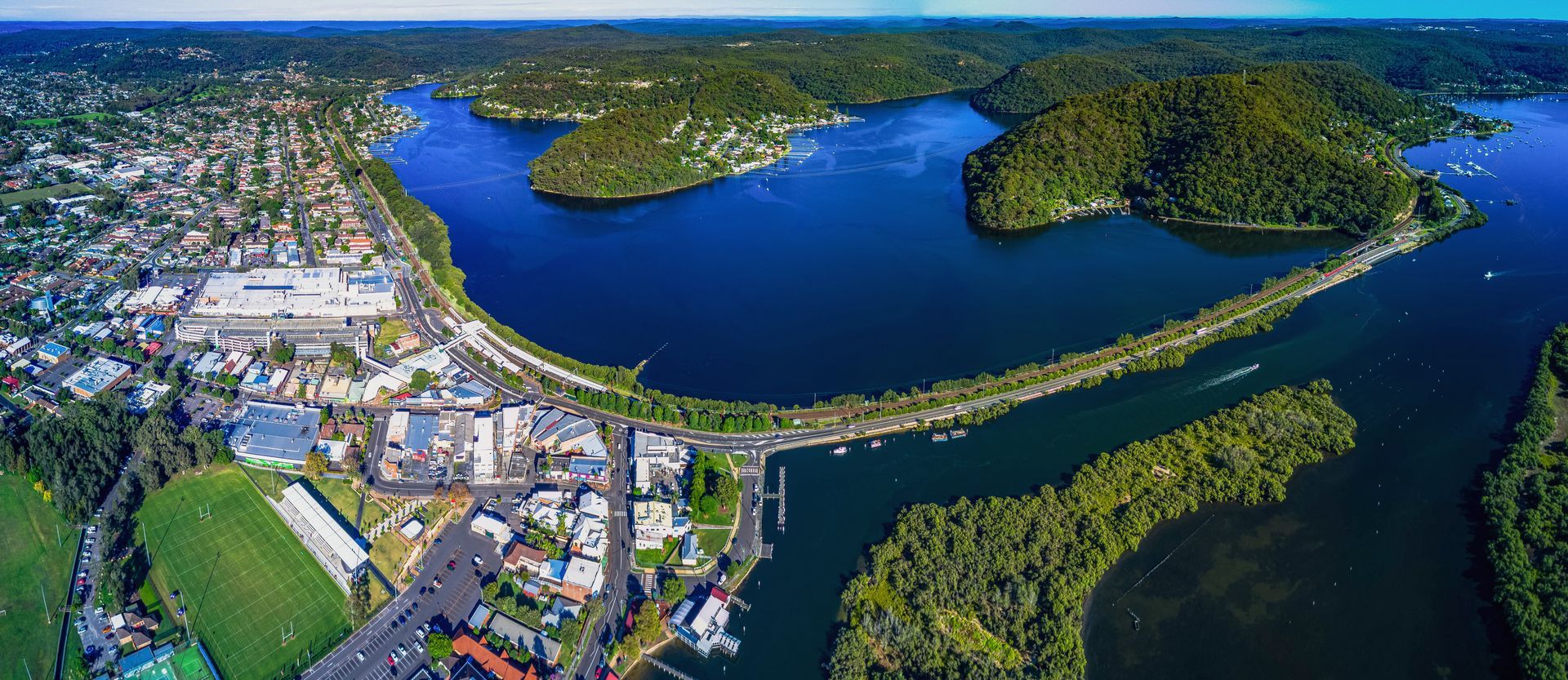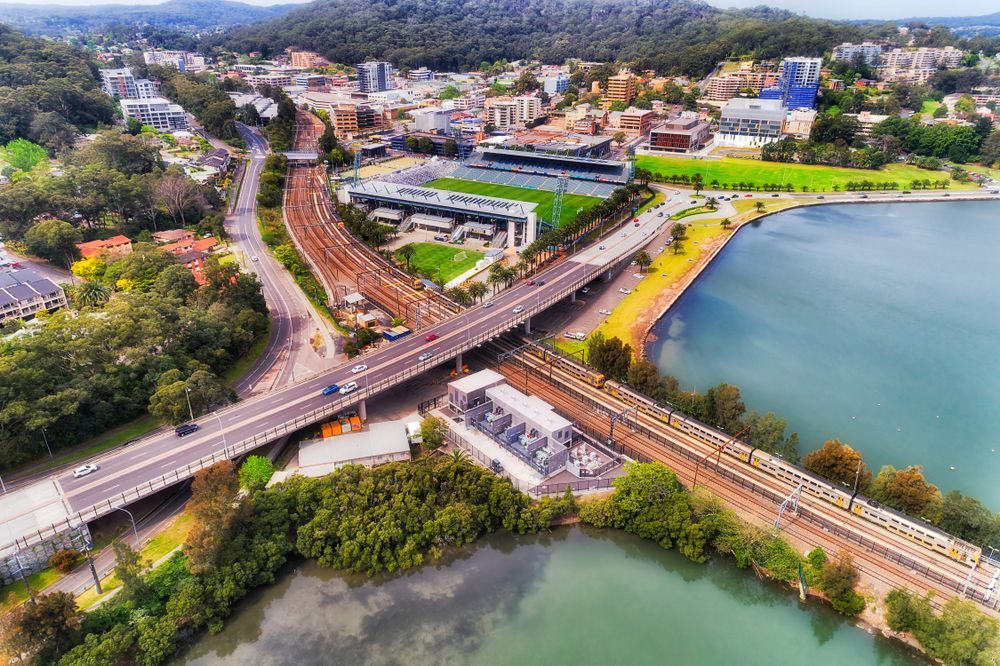Protecting Homes After Floods
Water damage restoration in Umina Beach goes beyond drying out carpets and walls — it’s about ensuring properties are safe, healthy, and liveable again.
The process begins with a detailed inspection to find both visible and hidden damage, including moisture under floors and behind walls. Advanced water extraction systems remove standing water, while powerful dehumidifiers and air movers eliminate lingering dampness. This step is vital in Umina Beach’s coastal climate, where humidity can encourage rapid mould growth if left untreated.
Furniture, carpets, and personal belongings are assessed carefully, with expert advice on what can be restored. Throughout the process, homeowners receive clear communication and practical tips to prevent future issues. Many residents notice how much fresher and safer their homes feel once restoration is complete.
By combining advanced technology with decades of experience, this service delivers peace of mind, reduces long-term repair costs, and helps families return to normal faster after unexpected water damage.
Frequently Asked Questions
How quickly can mould form after water damage?
Mould can begin developing within 24 to 48 hours after water exposure, especially in humid areas like Umina Beach. Once spores take hold, they spread rapidly across carpets, walls, and furniture. This makes fast drying essential to prevent long-term problems. Even small leaks can trigger mould growth if left untreated. Professional restoration focuses on removing moisture quickly using industrial dryers and dehumidifiers. Preventing mould not only protects the structure of a home but also reduces health risks such as asthma, allergies, and respiratory irritation caused by airborne spores.
What is the difference between clean water and contaminated water damage?
Water damage is classified based on the source. Clean water comes from burst pipes or appliances and poses minimal health risks. Grey water contains some contaminants, often from washing machines or dishwashers. Black water is the most dangerous, usually caused by flooding or sewage backups, and carries bacteria, chemicals, and harmful organisms. Identifying the type of water is crucial because it determines what materials can be salvaged and what must be replaced. Contaminated water often requires specialised cleaning to protect health and restore the property safely.
How do professionals find hidden water damage?
Hidden water often seeps into walls, under floors, and behind skirting boards where it isn’t visible. Professionals use specialised tools such as moisture meters, thermal imaging cameras, and hygrometers to detect dampness that the eye can’t see. This ensures that no moisture is overlooked, which is critical in preventing mould growth and structural issues. Umina Beach homes, with their coastal humidity, are especially prone to hidden damp patches. Detecting and drying these areas thoroughly helps ensure long-term safety, structural stability, and comfort after a water damage incident.








